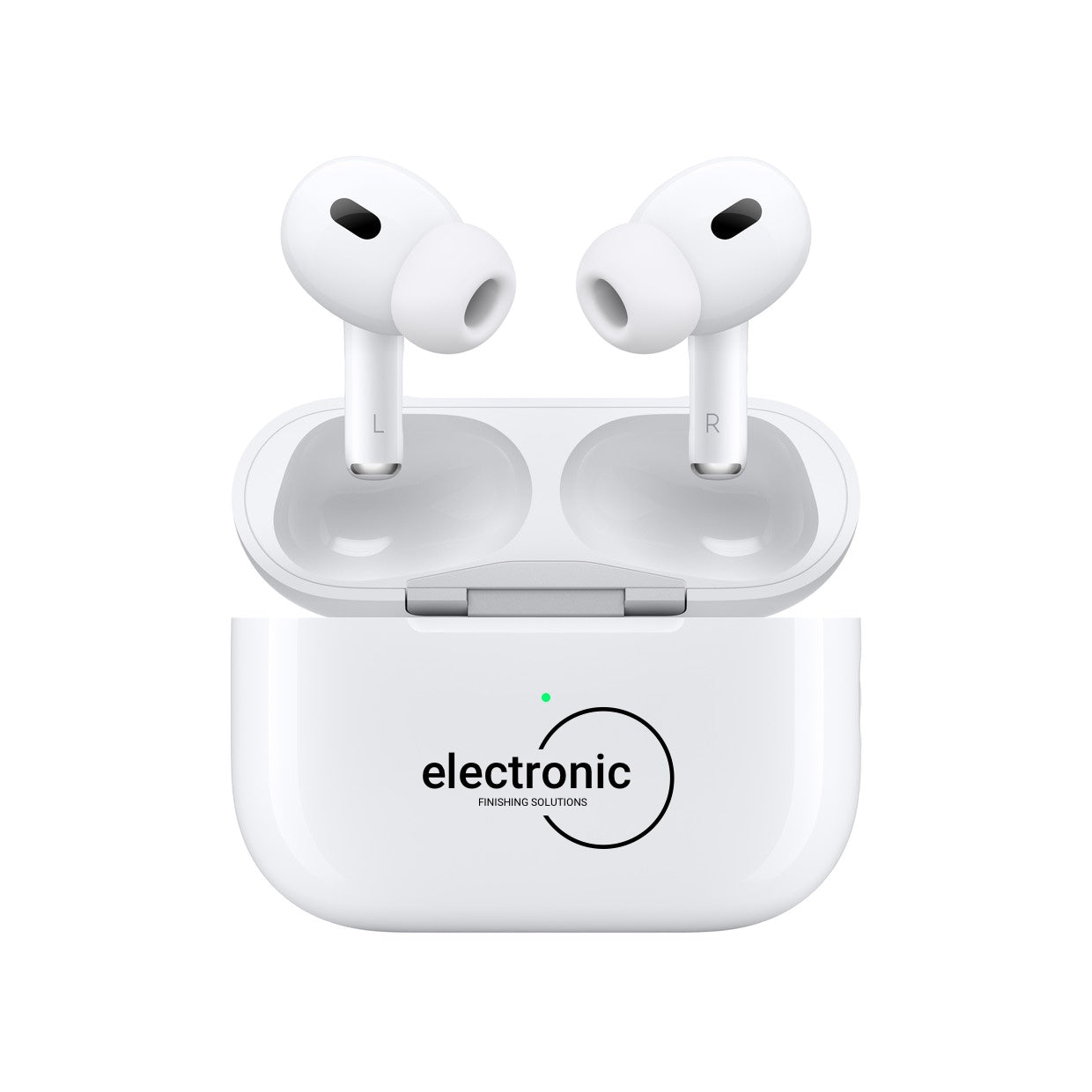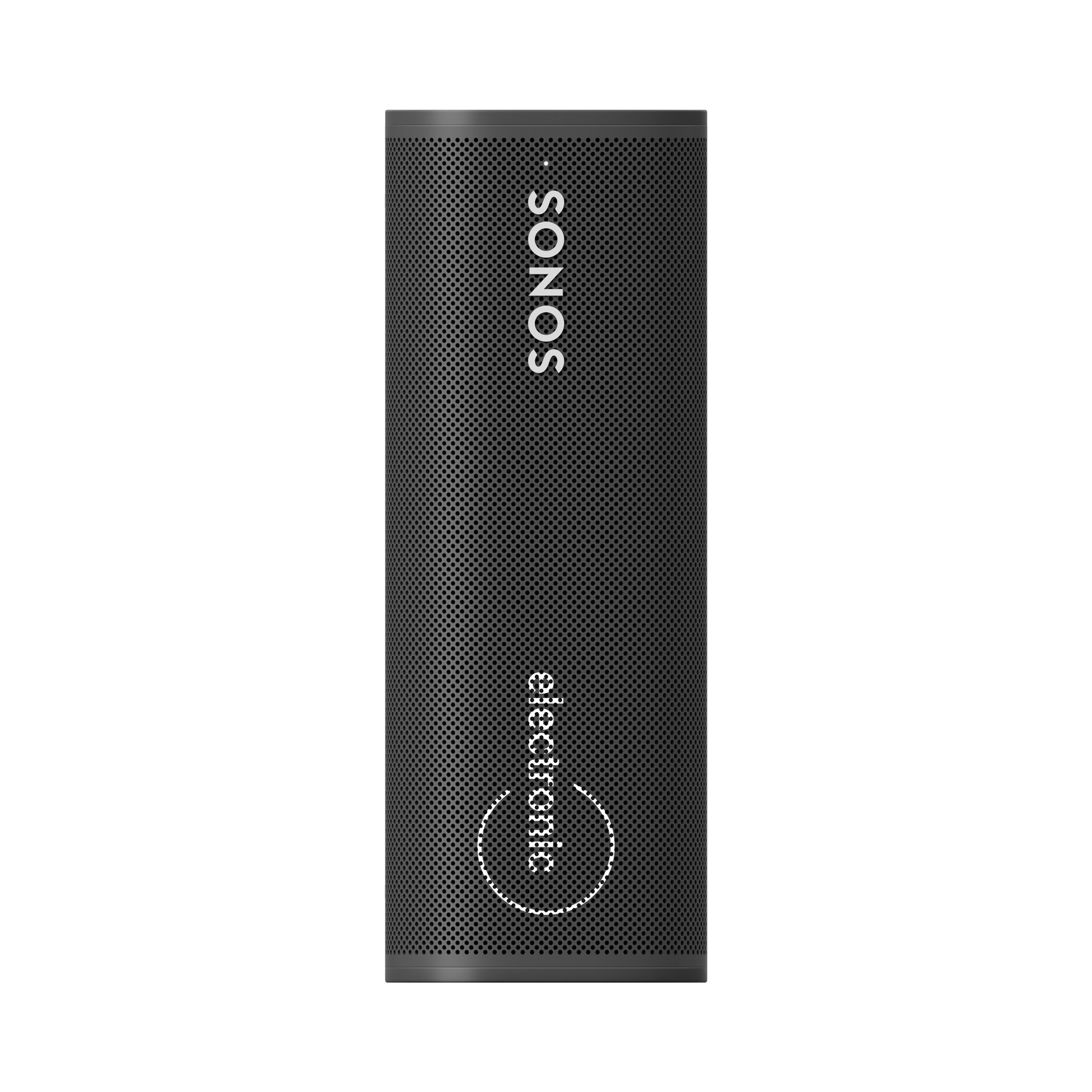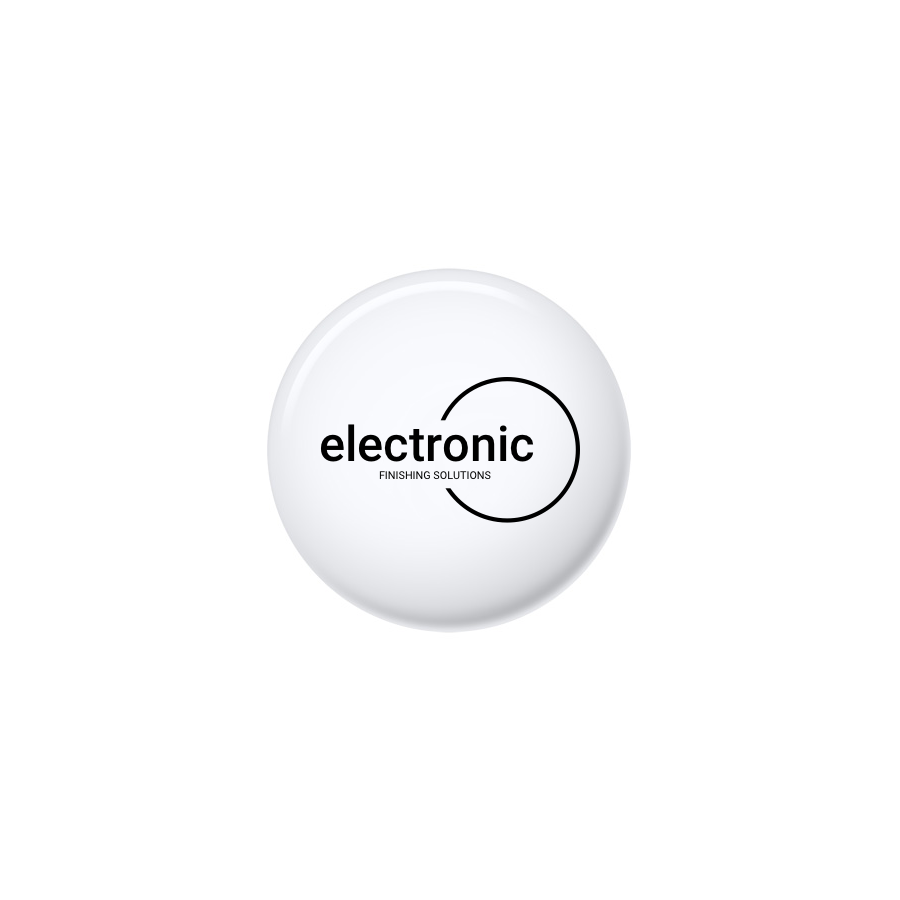Beyond the First Sale: Building Unbreakable Customer Loyalty
It costs five times more to attract a new customer than to keep an existing one, yet many businesses still focus most of their efforts on acquisition. For corporate marketers and event coordinators, the real challenge is not just making the initial sale; it's building a relationship that lasts. Generic loyalty programs and occasional check-ins are no longer enough to prevent churn and create true brand advocates. You need to deliver consistent, memorable value that sets your brand apart. This requires a strategic shift from simple transactional interactions to deeply relational experiences.
Building this level of loyalty requires integrating effective customer retention strategies into every part of your business. This article moves beyond the basics to provide a deep dive into 9 proven, high-impact customer retention techniques. We'll explore actionable strategies, from hyper-personalization and proactive support to sophisticated community building, specifically tailored to help you make a lasting impression on your most valuable clients. Each section provides practical implementation details to help you strengthen relationships and drive long-term growth in 2025 and beyond.
1. Personalized Customer Experience
Personalization is the practice of moving beyond one-size-fits-all interactions to create experiences uniquely tailored to each customer. By leveraging data, you can make every client feel seen, understood, and valued. This deep sense of recognition is a foundational element for building loyalty, making personalization a critical strategy for reducing customer churn and fostering long-term relationships.
Instead of generic marketing, this technique uses purchase history, browsing behavior, and direct feedback to inform communications and product recommendations. For an event coordinator who previously ordered branded wireless chargers for a tech summit, a personalized system might proactively suggest new high-tech swag like smart notebooks or RFID-blocking wallets for their next event.
The summary box below highlights the key pillars that enable this powerful strategy.
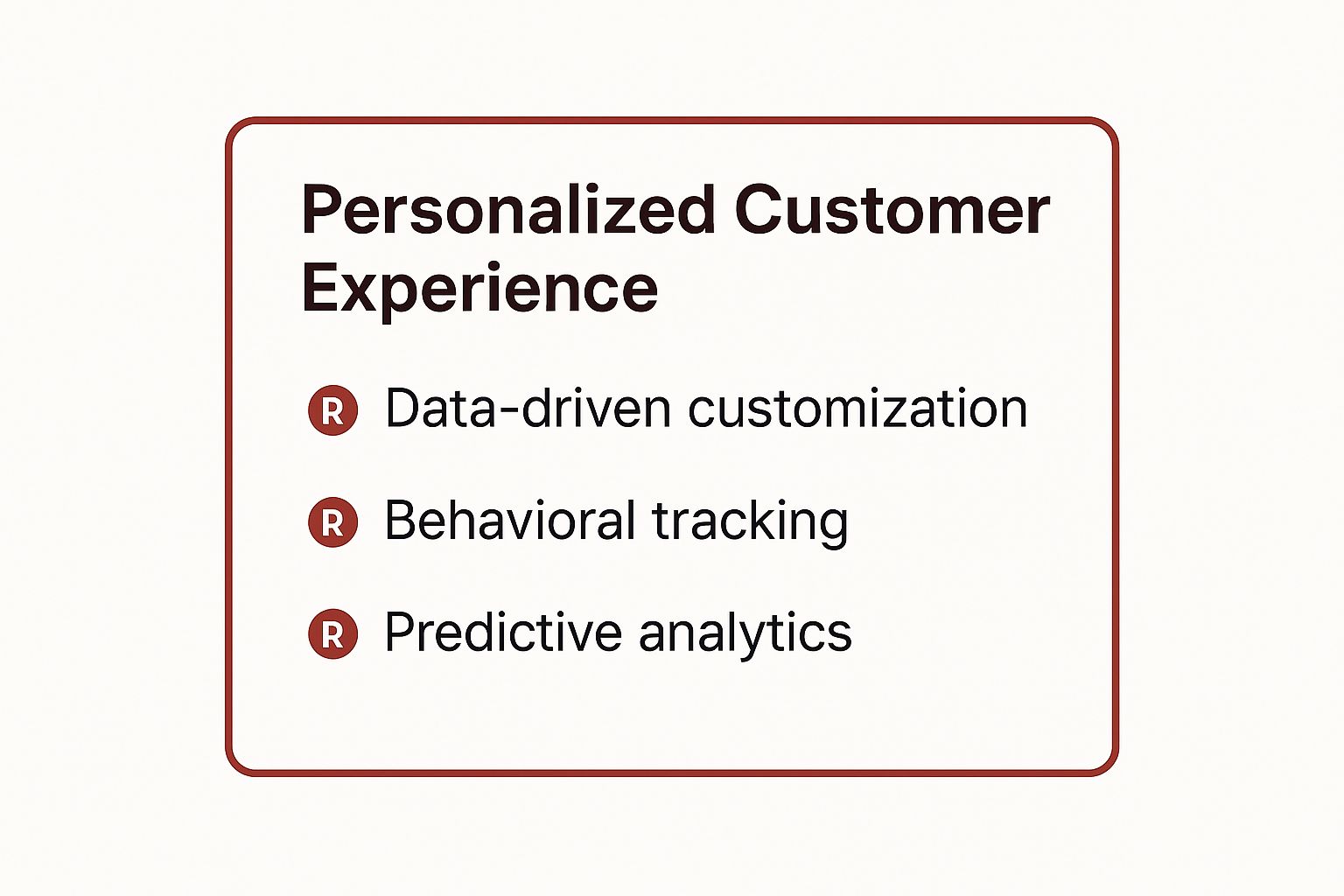
These core components allow businesses to shift from reactive to predictive engagement, anticipating customer needs before they are even articulated.
How to Implement Personalization
- Start with Smart Segmentation: Begin by grouping customers into logical segments. For corporate clients, this could be based on industry (finance, tech, healthcare), company size, or the type of events they host.
- Leverage Purchase and Interaction Data: Analyze past orders to identify patterns. If a client consistently orders eco-friendly products, tag them for early access to new sustainable tech offerings.
- Implement Dynamic Content: Use marketing automation platforms to tailor email content or website recommendations based on a user's browsing history, ensuring every touchpoint is relevant.
Ultimately, a personalized approach demonstrates a genuine investment in your customer's success, transforming transactional sales into lasting partnerships and making it one of the most effective customer retention techniques available.
2. Loyalty and Rewards Programs
Loyalty and rewards programs are structured marketing strategies that incentivize repeat business by offering tangible benefits to recurring customers. By providing points, discounts, or exclusive access, you create a powerful motivation for clients to consolidate their spending with your brand. This transforms the customer relationship from a series of individual transactions into a long-term, mutually beneficial partnership, making it one of the most reliable customer retention techniques.
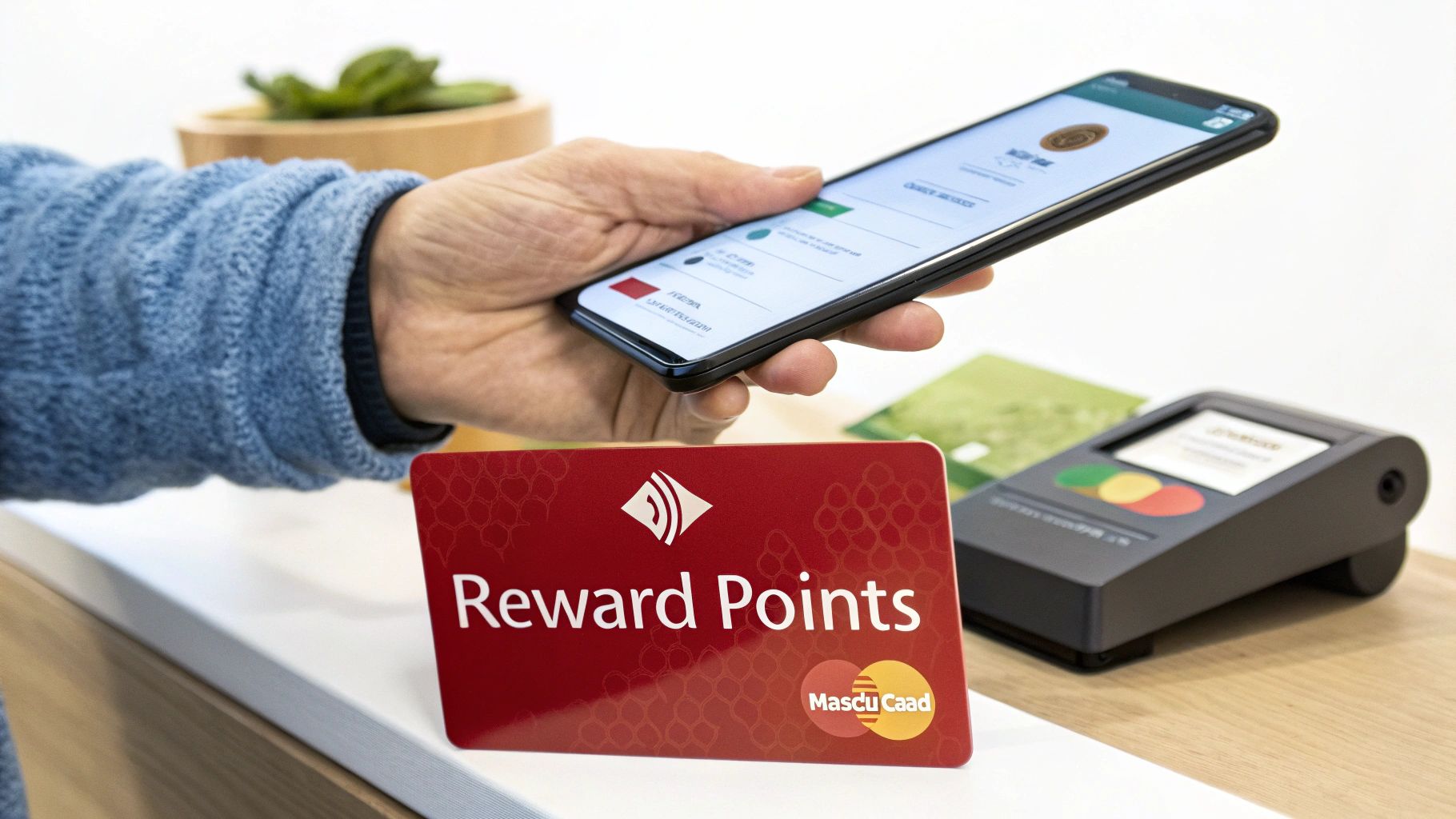
These programs formalize appreciation and give clients a clear reason to choose you over a competitor for their next corporate event or marketing campaign.
How to Implement a Loyalty Program
- Design a Tiered Structure: Create escalating levels of benefits to encourage higher spending. A "Gold Tier" client might receive free shipping on all orders, while a "Platinum Tier" client gains exclusive access to new product launches and dedicated consulting for their event needs.
- Offer Meaningful and Relevant Rewards: Ensure the incentives are valuable to your corporate audience. This could include credits toward future orders of customizable electronics, co-branded marketing opportunities, or access to a curated catalog of exclusive client appreciation gifts.
- Keep Earning and Redeeming Simple: The program's value must be immediately obvious. Use a straightforward system, such as one point for every dollar spent, with clear milestones for redeeming rewards. Complexity is a major barrier to engagement.
Ultimately, a well-executed loyalty program builds a protective barrier around your customer base. It makes sticking with your company an easy and rewarding decision, effectively locking in future revenue and turning satisfied clients into devoted brand advocates.
3. Proactive Customer Support
Proactive customer support is the practice of shifting from a reactive "wait-and-see" model to one that anticipates and addresses customer needs before they escalate into problems. By monitoring customer behavior and identifying potential friction points, you can initiate contact and offer solutions preemptively. This demonstrates a deep commitment to customer success, which is a powerful driver for building unbreakable client loyalty and minimizing dissatisfaction.
For example, imagine a corporate marketing team places a large order for custom wireless speakers for an upcoming trade show. A proactive system detects a potential production delay. Instead of waiting for the client to call in a panic, the support team immediately reaches out, explains the situation, and presents pre-vetted solutions, such as expediting the shipment or upgrading to a comparable in-stock item at no extra cost. This turns a potential disaster into a moment of exceptional service.

This forward-thinking approach is built on a foundation of smart monitoring, strategic communication, and clear internal processes.
How to Implement Proactive Support
- Implement Customer Health Scoring: Use CRM data to monitor client engagement, purchase frequency, and support interactions. A sudden drop in activity can trigger an alert for your team to check in and offer assistance.
- Monitor Usage and Order Patterns: Track how clients interact with your products. If an event coordinator consistently orders items from your eco-friendly line, proactively notify them when new sustainable tech gadgets are added to your catalog.
- Use Automation for Routine Updates: Automate notifications for order confirmations, shipping milestones, and potential delays. This keeps clients informed and reduces the need for them to initiate contact for basic status checks.
Ultimately, a proactive strategy transforms your support function from a cost center into a value-generation engine. By solving problems before they happen, you build profound trust and create an experience that competitors cannot easily replicate, making it one of the most essential customer retention techniques for long-term growth.
4. Regular Communication and Engagement
Staying silent between purchases is a significant missed opportunity. Regular communication is a systematic approach to maintaining valuable contact with clients, ensuring your brand remains top-of-mind. This strategy moves beyond transactional interactions to build a continuous dialogue, making it one of the most fundamental customer retention techniques for fostering loyalty and demonstrating ongoing partnership.
For example, a corporate client who ordered custom smart water bottles for a wellness retreat shouldn't just get a sales email six months later. Instead, a targeted newsletter could offer them an article on "Eco-Friendly Swag Trends for 2025" or a case study on how another company boosted employee morale with tech gifts. This provides immediate value and reinforces your company's expertise.
This consistent delivery of value is built on a foundation of strategic, non-promotional engagement.
How to Implement Regular Communication
- Segment Your Audience: Group clients by industry, past purchase category (e.g., high-tech vs. eco-friendly), or event type. This allows you to deliver hyper-relevant content that resonates instead of generic blasts.
- Prioritize Value Over Sales: Create a content calendar focused on helpful resources like industry reports, expert interviews, or how-to guides. Your primary goal should be to establish your brand as an indispensable resource.
- Encourage Two-Way Dialogue: Use email surveys, social media questions, or post-event feedback forms to invite conversation. Actively listening and responding shows you value your client's opinion and partnership.
Ultimately, this steady stream of helpful contact reinforces your value far beyond the initial sale. By proving you are an expert partner invested in their success, you ensure your brand is the first choice for their future needs, including getting inspiration from the latest promotional event ideas.
5. Customer Feedback and Continuous Improvement
A systematic process of collecting, analyzing, and acting on customer input is more than just good service; it's a strategic partnership. By actively inviting feedback, you demonstrate that you view clients not just as buyers but as vital collaborators in your company’s evolution. This approach builds immense trust and transforms your brand into one that listens, adapts, and consistently improves, making it a foundational pillar for retention.
For instance, consider a corporate event planner who orders branded smart water bottles for an executive wellness retreat. They later mention in a follow-up call that the bottle’s app integration was a bit clunky. A company practicing continuous improvement would not only document this but also work with its supplier to enhance the app’s user interface, then inform the client of the update. This proactive response validates their input and strengthens the relationship for future orders.
The summary box below highlights the key pillars that enable this powerful strategy.
These core components allow businesses to shift from reactive problem-solving to proactive enhancement, turning customer insights into a competitive advantage.
How to Implement a Feedback Loop
- Make Feedback Effortless: Integrate simple, one-click surveys (like Net Promoter Score or Customer Satisfaction) into post-purchase emails or on order confirmation pages. Avoid lengthy, complex forms that create friction.
- Use Multiple Channels: Collect insights from various touchpoints, including direct sales conversations, social media polls, and dedicated feedback portals. Different clients prefer different communication methods.
- Close the Feedback Loop: Always acknowledge the input and, crucially, inform the customer of the actions you have taken. To ensure consistent delivery of these updates, use a well-planned content calendar to schedule follow-ups and showcase improvements.
By embedding client voices into your operational DNA, you change the nature of your business relationship from transactional to collaborative. This commitment to shared growth is one of the most effective customer retention techniques available, proving that you are dedicated to evolving with your customers' needs.
6. Value-Added Services and Benefits
Value-added services are strategic extras provided alongside a core product to significantly increase its perceived worth and utility. By offering more than just the physical item, you can create powerful switching barriers and differentiate your brand in a crowded market. This approach transforms a simple purchase into an integrated solution, making customers feel they are receiving exceptional, ongoing value that competitors cannot easily match.
For example, a corporate client ordering custom wireless speakers for a sales kickoff event might be offered a complimentary service to pre-load them with a welcome message from the CEO and the event's theme music. This saves the event coordinator valuable time and effort while creating a more polished and impactful attendee experience right out of the box.
Focusing on these complementary offerings demonstrates a deeper understanding of your client's overall goals beyond the immediate product need.
How to Implement Value-Added Services
- Align Services with Client Goals: Identify your client's pain points and offer services that directly address them. If they are ordering custom USB drives for a trade show, provide a free data pre-loading service for their marketing materials.
- Bundle Strategically and Visibly: Package your core product with a relevant service. An order of smart notebooks could include a complimentary one-hour workshop on maximizing digital note-taking for team productivity. Clearly label this bundle on your proposals to showcase the extra value.
- Offer Exclusive Access or Expertise: Provide clients with benefits that aren't available to the general public, such as early access to new tech gadgets or a dedicated design consultant to help create the perfect custom branding for their products.
Ultimately, providing well-chosen, value-added benefits proves you are a partner invested in your client's success, not just a vendor. This shift in relationship is a cornerstone of the most successful customer retention techniques because it makes your business indispensable.
7. Customer Success Management
Customer Success Management is a proactive business methodology focused on ensuring your customers achieve their desired outcomes while using your products or services. Unlike traditional support which is reactive, this function involves dedicated relationship management, strategic guidance, and continuous support to maximize customer value and satisfaction, thereby preventing churn before it even begins.
For example, a corporate marketing team planning a large-scale virtual conference might order custom webcams and ring lights for their VIP speakers. A dedicated Customer Success Manager (CSM) would not only facilitate the order but also proactively advise on branding placement for maximum visibility on screen and coordinate delivery timelines. This hands-on guidance helps clients navigate logistical challenges and master effective corporate gift fulfillment strategies for a flawless event experience.
This approach shifts the relationship from transactional to a true partnership, solidifying your role as an essential contributor to their success.
How to Implement Customer Success Management
- Define Clear Success Metrics: Collaborate with clients from the outset to understand their goals. For an event coordinator, success might be measured by attendee engagement or social media mentions generated by a promotional product.
- Create Standardized Playbooks: Develop repeatable processes for key customer journey milestones, such as new client onboarding, pre-event check-ins, and post-event feedback sessions, to ensure a consistently high level of service.
- Invest in Technology and Training: Equip your CSMs with tools like Gainsight or HubSpot to manage relationships at scale. Provide ongoing training so they can serve as strategic advisors with deep industry and product knowledge.
Ultimately, Customer Success Management makes your business indispensable by directly tying your products to your client's achievements. This deep, integrated partnership is one of the most powerful customer retention techniques available, creating loyal advocates who see you as a core part of their success.
8. Surprise and Delight Initiatives
Surprise and delight initiatives involve creating unexpected positive moments that exceed a customer's standard expectations. This strategy moves beyond transactional relationships by generating genuine emotional connections, making clients feel individually appreciated and valued. For corporate buyers, these gestures can transform a routine purchase into a memorable experience, significantly boosting loyalty and turning them into vocal brand advocates.
Imagine an event coordinator orders 500 custom-branded power banks for a conference. You could include 25 premium, fast-charging wall adapters in the shipment with a note: 'A little something extra for your VIPs.' This unexpected, thoughtful gift solves a potential need and creates a powerful, positive memory associated with your brand, strengthening the client relationship far more than a simple discount would.
Executing this powerful strategy effectively requires a blend of creativity, customer insight, and operational readiness.
How to Implement Surprise and Delight Initiatives
- Empower Your Frontline Teams: Give your account managers or sales representatives a small discretionary budget or a pre-approved set of items to gift clients. This allows them to act spontaneously when an opportunity arises to create a positive moment.
- Keep it Personal and Relevant: Align surprises with the customer’s needs. If a client orders trade show tech, sending extra charging cables shows you’re invested. The same thoughtfulness applies to internal programs; learn more about impactful employee gifts here.
- Focus on Moments, Not Just Money: A surprise doesn't have to be expensive. It could be an unexpected upgrade to express shipping before a tight event deadline or a handwritten thank-you note from the CEO accompanying a large order.
Ultimately, surprise and delight initiatives build an emotional surplus with your clients, creating stories they will share with their networks. This approach reinforces that you see them as partners, not just purchase orders, making it one of the most impactful customer retention techniques for building lasting business relationships.
9. Community Building and Social Engagement
Community building is the strategic creation of a space where customers can connect with each other and your brand. This fosters a powerful sense of belonging and shared identity, transforming a transactional relationship into an emotional one. By giving clients a platform to engage, share ideas, and feel like part of an exclusive group, you build loyalty that competitors find nearly impossible to break.
For instance, a company specializing in custom tech products for events could create a private LinkedIn group for its top event coordinator clients. In this forum, members could share photos of how they used branded wireless earbuds as a premium giveaway, discuss best practices for integrating tech into hybrid events, and get early access to new product prototypes. This shared ecosystem creates value far beyond the products themselves.
This strategy hinges on facilitating genuine connection and providing ongoing value.
How to Implement Community Building
- Launch an Exclusive Platform: Create a dedicated space for your clients, such as a private Slack channel, a members-only forum on your website, or a curated LinkedIn group. This exclusivity makes membership feel valuable.
- Encourage User-Generated Content (UGC): Actively prompt members to share their successes. You could run a monthly feature showcasing the most creative use of your custom tech swag at a corporate event, rewarding the featured client with a product credit.
- Provide Value Beyond Selling: Host community-exclusive webinars with event industry experts or offer Q&A sessions with your product development team. This positions your brand as a partner invested in their professional growth.
Ultimately, building a community turns customers into advocates. This deep level of engagement solidifies your brand's role as an indispensable partner, making it one of the most powerful customer retention techniques for long-term growth.
Customer Retention Techniques Comparison
| Strategy | Implementation Complexity 🔄 | Resource Requirements ⚡ | Expected Outcomes 📊 | Ideal Use Cases 💡 | Key Advantages ⭐ |
|---|---|---|---|---|---|
| Personalized Customer Experience | High 🔄🔄🔄 | High ⚡⚡⚡ | Increased satisfaction & loyalty 📊📊 | Data-rich environments, e-commerce | Tailored engagement, higher conversions ⭐⭐ |
| Loyalty and Rewards Programs | Moderate 🔄🔄 | Moderate ⚡⚡ | Repeat purchases, customer retention 📊 | Retail, subscription services | Emotional connection, competitive edge ⭐ |
| Proactive Customer Support | High 🔄🔄🔄 | High ⚡⚡⚡ | Reduced churn, improved satisfaction 📊 | SaaS, tech products | Prevents issues, builds trust ⭐⭐ |
| Regular Communication and Engagement | Moderate 🔄🔄 | Moderate ⚡⚡ | Brand awareness, deeper relationships 📊 | Content-driven brands | Maintains engagement, builds community ⭐ |
| Customer Feedback & Continuous Improvement | Moderate 🔄🔄 | Moderate ⚡⚡ | Product/service improvement, trust 📊 | Service, product development | Drives innovation, reduces churn ⭐⭐ |
| Value-Added Services and Benefits | High 🔄🔄🔄 | High ⚡⚡⚡ | Increased perceived value & revenue 📊 | Premium products, subscription models | Differentiation, switching barriers ⭐⭐ |
| Customer Success Management | High 🔄🔄🔄 | High ⚡⚡⚡ | Reduced churn, product adoption 📊 | B2B SaaS, complex solutions | Strong relationships, upsell opportunities ⭐ |
| Surprise and Delight Initiatives | Moderate 🔄🔄 | Moderate ⚡⚡ | Strong emotional bonds, advocacy 📊 | Customer experience focused brands | Emotional connection, positive WOM ⭐ |
| Community Building & Social Engagement | Moderate 🔄🔄 | Moderate ⚡⚡ | Emotional attachment, organic marketing 📊 | Lifestyle brands, tech communities | Brand advocacy, feedback collection ⭐⭐ |
From Techniques to Culture: Embedding Retention in Your DNA
We have navigated through a comprehensive toolkit of nine powerful customer retention techniques. From the deep personalization of the customer experience to the strategic cultivation of brand communities, each method offers a distinct and valuable approach to fostering loyalty. The central theme connecting them all is a fundamental shift in perspective. True, lasting retention is not the result of a single, isolated campaign but the cumulative outcome of a deeply embedded, customer-centric culture.
The strategies we've explored, such as implementing proactive support, establishing robust feedback loops, and creating loyalty programs, are not standalone solutions. They are interlocking gears in a larger machine. The most successful brands understand this synergy, weaving these elements together into a cohesive and intentional customer journey that feels both seamless and remarkable.
The Synergy of Strategy: Beyond a Checklist
Viewing these techniques as a mere checklist is a common pitfall. The real magic happens when they inform and amplify one another. For instance, the invaluable data gathered from your customer feedback and continuous improvement initiatives (technique #5) should directly fuel the personalized customer experiences you design (technique #1). Similarly, insights from your customer success management team (technique #7) can pinpoint the perfect moments for a surprise and delight initiative (technique #8), transforming a good relationship into an unforgettable one. This integrated approach ensures your efforts are not just random acts of engagement but calculated steps toward building unbreakable brand affinity.
Your Actionable Roadmap to Enhanced Loyalty
Translating these concepts into action can feel daunting, but progress starts with a single, focused step. Avoid the temptation to overhaul everything at once. Instead, build momentum by prioritizing for immediate impact.
- Step 1: Audit and Identify. Begin by conducting an honest assessment of your current retention efforts. Where do you excel, and where are the most significant gaps? Perhaps your communication is regular but lacks personalization, or you collect feedback but fail to act on it.
- Step 2: Pilot a High-Impact Initiative. Select one or two customer retention techniques that align with your immediate business goals and available resources. A corporate marketing team might launch a pilot loyalty program for a key client segment, while an event coordinator could focus on building a post-event digital community to maintain engagement.
- Step 3: Define Success and Iterate. Before you launch, establish clear metrics. What does success look like? It could be a specific reduction in churn rate, an increase in repeat purchases, or a higher Net Promoter Score (NPS). Use this data to measure your pilot's effectiveness and continuously refine your approach.
Ultimately, mastering these customer retention techniques is an investment in the most stable and predictable source of revenue you have: your existing customers. It’s a commitment to building a resilient brand that not only weathers market shifts but thrives on the strength of its relationships. By moving from isolated tactics to an integrated culture of retention, you are not just securing future profits; you are building a legacy of customer loyalty that becomes your most powerful competitive advantage.
Ready to transform your loyalty and appreciation programs with tangible, high-value rewards? Electronic Finishing Solutions specializes in creating premium, custom-branded electronics that make your retention efforts unforgettable. Explore how our products can elevate your brand at Electronic Finishing Solutions.

